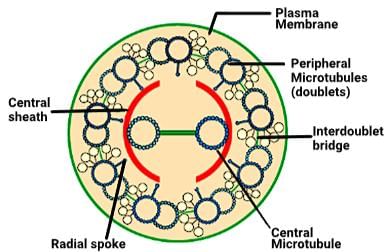Test: Cell: The Unit of Life - 2 - NEET MCQ
20 Questions MCQ Test Biology Class 11 - Test: Cell: The Unit of Life - 2
How much percent of vacuoles occupy the volume of the cell in plant cells?
Two cell organelles in plant cell having own genetic material is called
The stacks of closely packed thylakoids is called
The most recent and accepted model of plasma membrane is
Which one is not a difference between Prokaryotic and Eukaryotic cell?
The structure of plasma membrane fluid mosaic model is proposed by
The fluid filled vacuoles or vesicles which are separated from cytoplasm by a selectively permeable membrane called
The process of movement of few ions or molecules across the membrane against a concentration gradient from lower to higher concentration, it is called
Proteins synthesized by ribosomes on the endoplasmic reticulum are modified in
Identify the incorrect statement regarding mitochondria:
The given diagram:

I. shows the diagramatic reresentation of the ultra-structure of centriole
II.shows the 9 + 2 arrangement of the axeonemal microtubules of the cilia/fragella
|
169 videos|524 docs|136 tests
|














